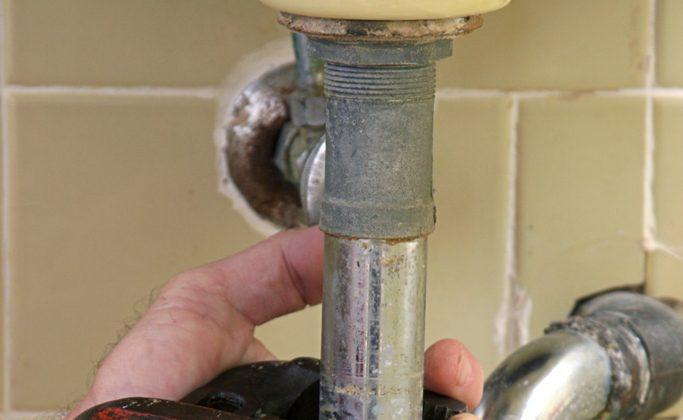Say you’ve been inspired to take on a do-it-yourself (DIY) project at home, but how do you decide what projects to tackle versus what to leave to the professionals? To be able to gauge the feasibility of a project, you must define its scope, costs, and learning curve. This is going to take a little research and organization.
Learning Curve and Scope
There are things we know we know; of these, we are masters. There are things we know we don’t know; of these, we are students. Then there are things we don’t know we don’t know; of these, we are laymen. Often, it is in this last category where we stumble when attempting a new activity.
For example, you may find that a light does not turn on. Easy—you change the light bulb. It still doesn’t work. So you figure that it must be the switch itself and replace the switch in the box in the wall. The light still doesn’t turn on. Now you’ve exhausted all your best guesses and the problem could be anything—a short in the wiring or a bad receptacle. Suddenly the scope of the project has enlarged. Now if you’re intent on fixing the problem yourself, you’re going to have to dig a little deeper and gain some additional knowledge about house wiring.
To find out the things we have no clue even exist, we have to do research. Because you don’t even know that this thing exists, you can’t Google it—you don’t even know what to search. This is where you have to turn to a book or authority.
For some jobs, like repairing a leak in the siding around a window that has caused rot, the expertise needed may exceed your comfort level, since a botched job can adversely affect the value and health of your home. But if the job is simple enough to manage with some extra research and the help of a more experienced friend, it may well be worth the effort to do it yourself because what you gain is worth much more than just the money you save.
There is the possibility that the area of expertise required for a given project is not something that you are likely to use again. It’s very unlikely that you will teach yourself wiring and will be able to regularly call upon that knowledge in the future. In some cases, it is better to call a pro and watch than to attempt it on your own. If, however, the topic you are exploring is related to an area of the home that may need regular maintenance, it may be well worth the time and effort.
Costs
Aside from the knowledge needed to successfully complete a project, you also need to consider the material costs, and their storage. Professionals are able to economize the purchase of these items because they purchase in bulk and use supplies in higher volumes than a typical household would. They also have a place dedicated to store them. Unless you are ready to fill your garage or storage space up with once-used DIY supplies, look before you leap.
Open an Excel worksheet or a notebook and start looking up the supplies and tools needed to complete and maintain your project. List the costs and rate each by future reusability: likely or unlikely. Also, include any safety gear you will need.
Next, call a contractor and ask for an estimate, if he were to complete the job for you. The beauty of doing the legwork beforehand is that you can ask for an estimate for a specific task instead of leaving the problem open-ended, which could cost you more. Compare the total cost of doing it yourself to that of paying a professional. If you are looking at huge savings but your supplies list is full of items (particularly large, cumbersome ones) that you will never touch again, hire the professional. The next best option is to call a friend who is handy or may be willing to lend you some tools.
Let’s say your sink is clogged. You know that it is most likely that the problem is caused by debris in the trap. That’s the U-turn in the drain under every sink, tub, or shower that holds water to keep odors and gases from backing up into your house. You look up the most common instructions and take apart your trap. The website you referenced recommends that since you have a metal drain, you need to buy a pair of tongue-and-groove pliers (also known as channel locks) for $13.
So you take apart the trap following the instructions, but you find that the trap is not clogged at all. So back to the computer to look further, and you find that it might be a clog in the popup stopper. A YouTube video tells you that you can use your tongue-and-groove pliers/channel locks for that too. Great, away you go. The instructions were clear, you did not lose or break any parts, and you got it all back together and working. Now the water drains beautifully. Well done.
You also avoided the cost of paying a plumber. The house call is $60 to $80 just for the plumber to show up and assess the situation. The actual work is usually at the rate of $75 per hour, depending on where you live. He comes in and fixes it and also replaces the dirty old trap for an extra $20. It ends up costing you $120 with tax.
Now let’s look at what you saved and gained by doing it yourself. You now have tongue-and-groove pliers, but what’s more is you have the experience of restoring your bathroom sink, which gives you knowledge and confidence to do it again, if need be.





